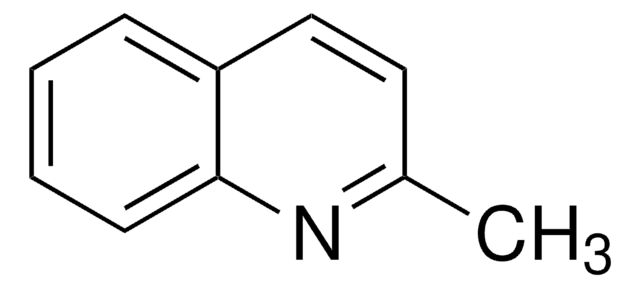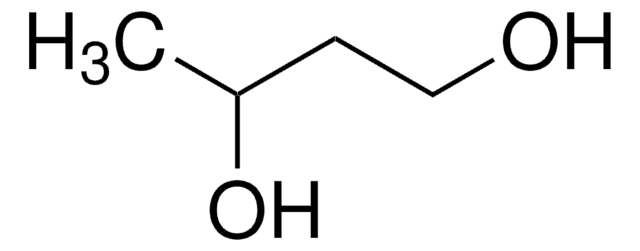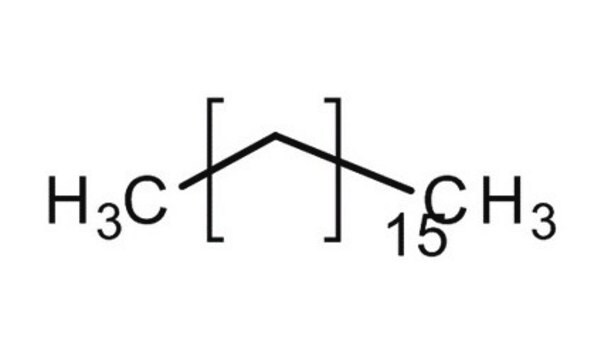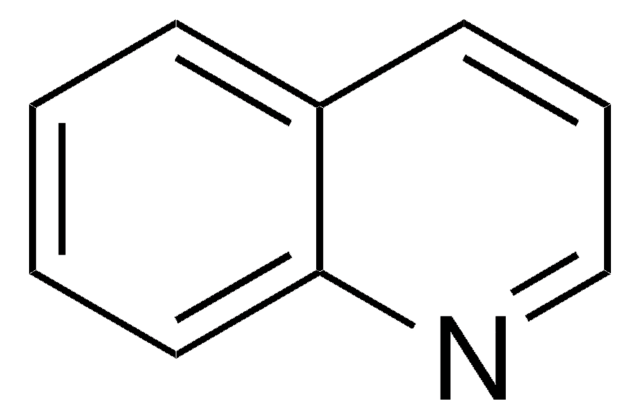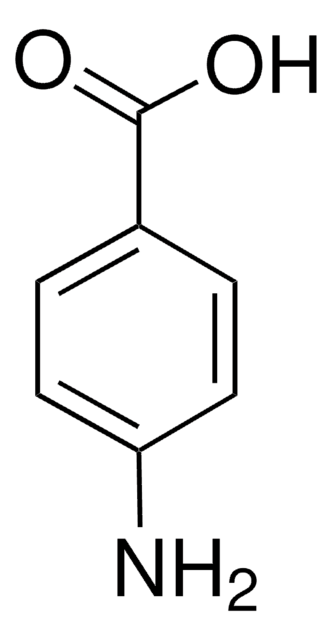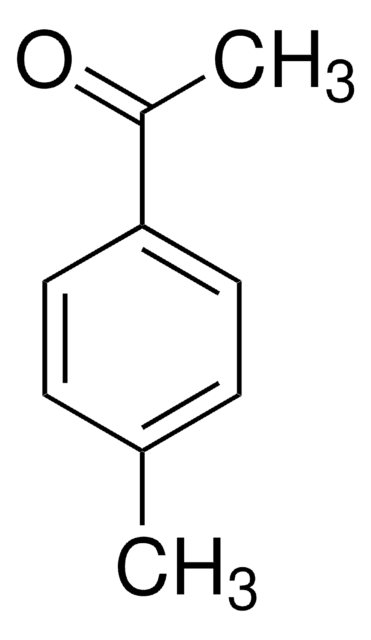Kluczowe dokumenty
Q2125
Quinaldine
analytical standard, ≥90% (GC)
Synonim(y):
2-Methylquinoline
About This Item
Polecane produkty
klasa czystości
analytical standard
Poziom jakości
Próba
≥90% (GC)
metody
HPLC: suitable
gas chromatography (GC): suitable
współczynnik refrakcji
n20/D 1.612 (lit.)
bp
105-107 °C/10 mmHg (lit.)
248 °C (lit.)
mp
−9-−3 °C (lit.)
gęstość
1.058 g/mL at 25 °C (lit.)
Zastosowanie
forensics and toxicology
pharmaceutical (small molecule)
Format
neat
ciąg SMILES
Cc1ccc2ccccc2n1
InChI
1S/C10H9N/c1-8-6-7-9-4-2-3-5-10(9)11-8/h2-7H,1H3
Klucz InChI
SMUQFGGVLNAIOZ-UHFFFAOYSA-N
informacje o genach
human ... CYP1A2(1544)
Szukasz podobnych produktów? Odwiedź Przewodnik dotyczący porównywania produktów
Zastosowanie
Hasło ostrzegawcze
Warning
Zwroty wskazujące rodzaj zagrożenia
Zwroty wskazujące środki ostrożności
Klasyfikacja zagrożeń
Acute Tox. 4 Dermal - Acute Tox. 4 Oral - Aquatic Chronic 3 - Eye Irrit. 2 - Muta. 2 - Skin Irrit. 2
Kod klasy składowania
10 - Combustible liquids
Klasa zagrożenia wodnego (WGK)
WGK 3
Temperatura zapłonu (°F)
174.2 °F - closed cup
Temperatura zapłonu (°C)
79 °C - closed cup
Środki ochrony indywidualnej
Eyeshields, Faceshields, Gloves, type ABEK (EN14387) respirator filter
Wybierz jedną z najnowszych wersji:
Masz już ten produkt?
Dokumenty związane z niedawno zakupionymi produktami zostały zamieszczone w Bibliotece dokumentów.
Klienci oglądali również te produkty
Nasz zespół naukowców ma doświadczenie we wszystkich obszarach badań, w tym w naukach przyrodniczych, materiałoznawstwie, syntezie chemicznej, chromatografii, analityce i wielu innych dziedzinach.
Skontaktuj się z zespołem ds. pomocy technicznej